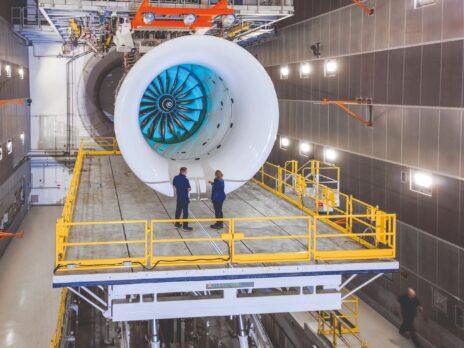I’ve got chilled comfort for anyone who finds French wine hard to understand: Italy makes France look simple by comparison. These are the world’s two biggest wineproducing nations – France is usually ahead but there’s not much in it – and neither seems bent on reassuring the novice.
If you’re a native of Barolo, in Piedmont, you are born knowing that one of the world’s great wines – the purest expression of the Nebbiolo grape – takes its name from your village. In fact, by the time you’re about three, if you’re lucky enough to have family vineyards, you’re probably making the stuff yourself. The idea that some foreigners may think Barolo is a grape is, to you, unimaginable. Which is presumably why the Museum of Wine in Barolo, though an entirely hilarious cacophony of multimedia fabrications, son et lumière and mirrored ceilings (really), tells you absolutely nothing about Barolo.
Italy is large and historically and geographically complicated, and most of it makes wine; it also has more than 300 grape varieties. Yet its classification system is loosely copied from the French – a combination that works about as well as Cornas with tiramisu. At the top of the hierarchy are DOCs (Denominazione di Origine Controllata) and DOCGs, the latter showing their superior quality, for some reason, by adding the word “guaranteed”. To make life more difficult, many great wines, including the legendary Super Tuscan reds, choose to break the DOC rules specifying which grapes are allowed in whose wines in what proportions, and have willingly downgraded themselves to Indicazione Geografica Tipica (IGT) – if you can call a voluntary switch from focusing on the contents of a bottle to prioritising the land on which it was grown a “downgrade”.
The oddest thing about this system is that it concentrates on grapes yet there is nothing in the rules about listing grapes on the label. You must offer would-be buyers a name of some kind. You are also obliged to give the bottle volume, even though that is standardised at a multiple of ten between 740ml and 760ml. But for all the poor thirsty blighters can tell, you’ve squeezed tomatoes to make their beverage. So the best course is to be neighbourly – something that grew up with what you’re eating.
In Sardinia, I was given dinner by the children of Alberto Loi, who now run the winery of that name. They fed me an eel the size of a boa constrictor, pinioned on a skewer the length of my torso. This was daunting: what to drink with it? The fratelli Loi’s answer was Sa Mola, made of Cannonau, Sardinia’s most celebrated grape, known elsewhere as Grenache. This quaffable, raspberryish wine was a fine match for the meaty fish – and prepared my stomach for the sausage extravaganza to come, which was in turn excellent company for the thyme waft and blackberry tang of Loi Corona 2009, a more imposing wine, still mostly Cannonau but with a little Carignano and Cabernet Sauvignon to add weight. Even though, by this point, I was doing that without help.
These wines have little in common with the vibrant and sophisticated reds of Piedmont, a thousand kilometres north, but how to negotiate the madcap variety of the many regions in between?
My recommendation is don’t. This is a country that can find more than 650 ways to turn flour and eggs into pasta; do you really want to mess with them? If you aren’t choosing wine to go with food and so can’t follow the suggestion above (though you’re now sorted, should anyone ever present you with grilled and skewered eel), visit a wine merchant with a strong Italian list, such as Berry Bros & Rudd or Lea & Sandeman, and ask for advice. Better yet, turn up with a map. If fellow customers look at you oddly, let them. You are saluting the far-famed regional pride of the Italians; the least those Italians can do is give you a nice drink in return.
Next week: John Burnside on nature





